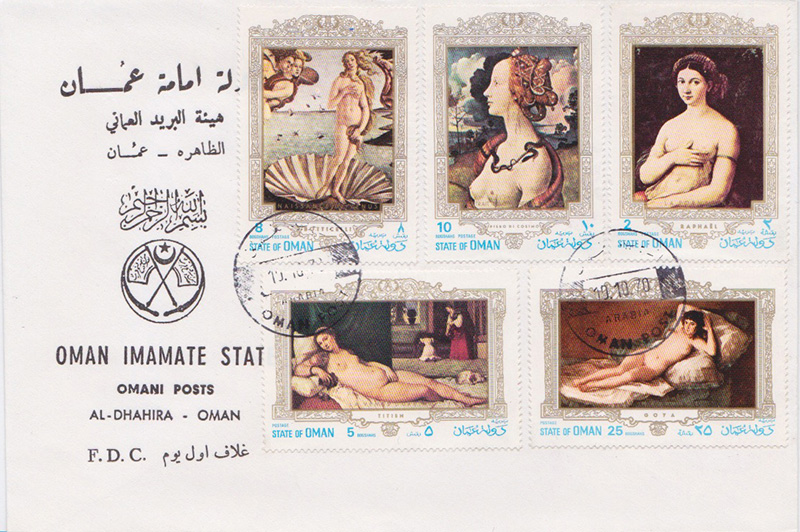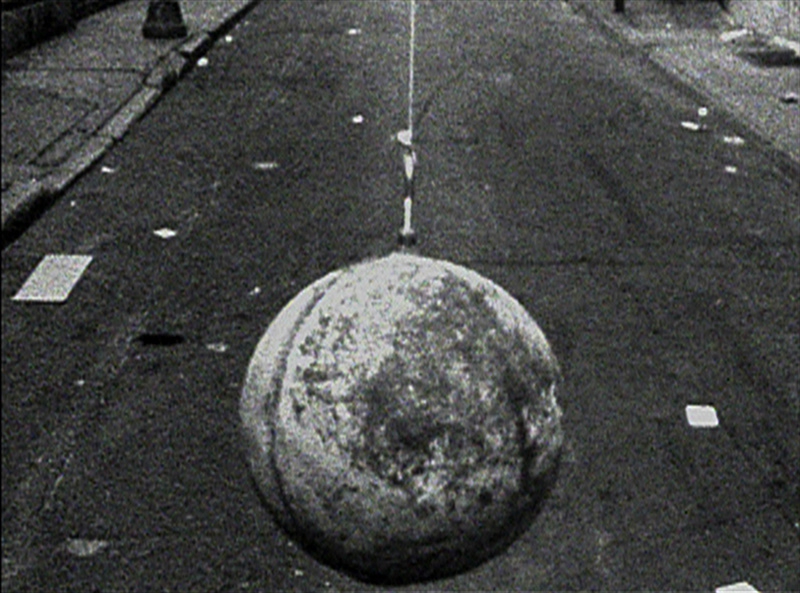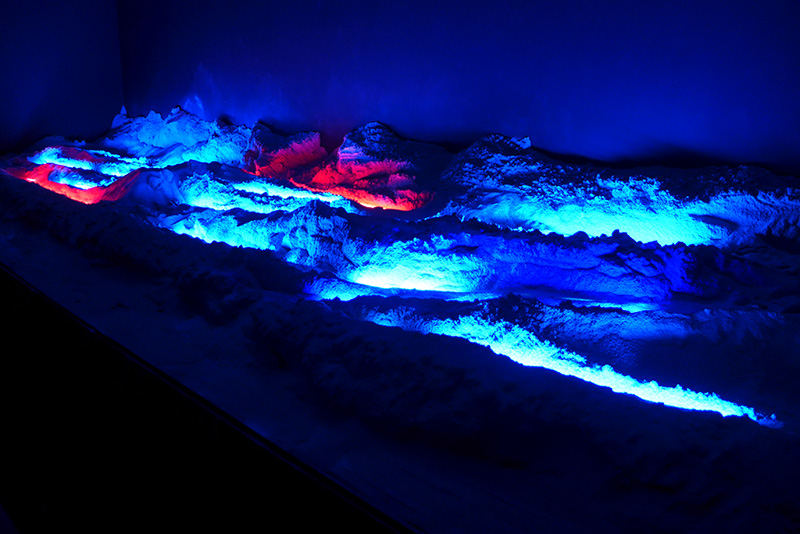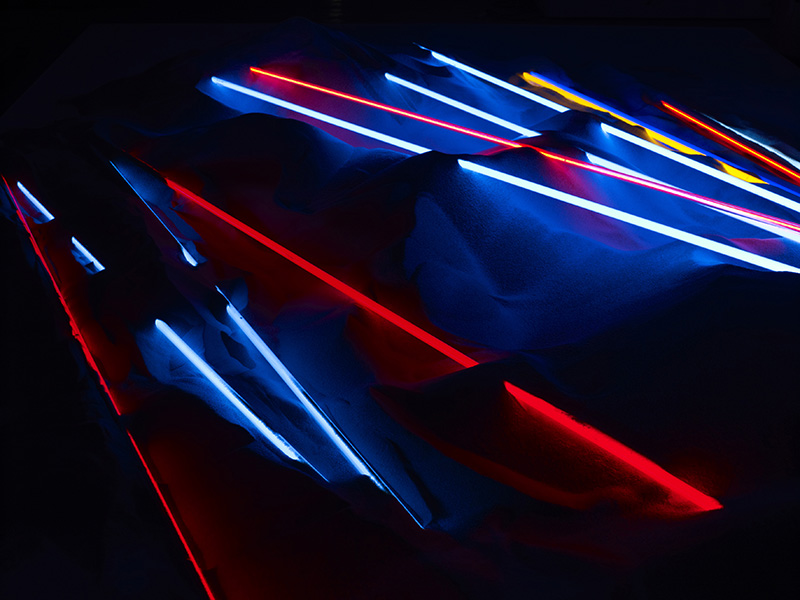ART CITIES:Paris-Talismans
 The project “Talismans. The desert between us is only sand”, taking the form of an exhibition at Fondation Calouste Gulbenkian in Paris, as part of the Festival Move at the Centre Pompidou (7-24/618), conferences, performances, projections and a publications, is organized around three axes: the incommensurability of time following a collapse, reparation and the talisman. It is a research project, not because of its academic nature but because that it has evolved as a result of the interaction with the artists, interlocutors and theorists.
The project “Talismans. The desert between us is only sand”, taking the form of an exhibition at Fondation Calouste Gulbenkian in Paris, as part of the Festival Move at the Centre Pompidou (7-24/618), conferences, performances, projections and a publications, is organized around three axes: the incommensurability of time following a collapse, reparation and the talisman. It is a research project, not because of its academic nature but because that it has evolved as a result of the interaction with the artists, interlocutors and theorists.
By Dimitris Lempesis
Photo: Fondation Calouste Gulbenkian Archive
In the exhibition, “Talismans. The desert between us is only sand”, we view the apocalypse as something which may be behind us, as the Yanomami shaman Davi Kopenawa describes in his book “The Falling Sky”. The concept is linked to the idea of internal collapse or the history of a people who must survive destruction, and may be extended to the survivors of nuclear disasters. The talisman is the link between heterogeneous elements which hold unique meaning for the person composing them. Rather than its esoteric nature, it is its significance as a composite object which is of interest to us. The three sculptures “The Universe in a Cup” (2017), “Cabaça” (2017) and “Mask” (2017), by Pedro Barateiro, question the way whose environment we let’s live influence and transform our eyes on objects. The Western world and our system economic was built on fictional stories to colonize our sensitive perception. By inserting objects from daily life, the artist questions the power that these narratives exert on our thought and imagination. Also, through notions like that of production and distribution, Pedro Barateiro conducts research on the manipulation of language and its impact. These works are conceived as projections of intellectual and artisanal work from the artist’s studio. For Adonis, one can understand a people, a civilization and a story through creation. History is part of the art and not the opposite. His art is in connection with his poetry. In his sand installations Laddie John Dill works with what he calls “native” materials originating from areas where the work will be exhibited. The Dill’s works evoke a landscape desert, an earlier past, where bright flickers take body in a retro-futuristic lighting. The installation triggers a psychedelic experience of perception. It can be seen as an allegory of life and hope or simply a concrete assemblage of glass, sand and electricity. “First Pendulum” (1976), a Super 8 film by James Nares marks the end of an era of freedom for artists, characterized by the realization of dangerous interventions in the public space. A huge demolition ball swings back and forth in the city, at eye level, turning the viewer into a potential target. Any impact seems discarded or, if it occurs, occurs off-screen. But the suspense remains. The work marks the transition from one moment of New York urban practice to another and, with the advent of the 1980s, the introduction of entrepreneurship in real estate.
On presentation are works by: Adonis, Leonor Antunes, Art Orienté Objet, Kader Attia, Pedro Barateiro, Bady Dalloul, Laddie John Dill, Eléonore False, Isabelle Ferreira, Claire Fontaine, Maria Hassabi, On Kawara, Tarek Lakhrissi, Cildo Meireles, James Nares, Azzedine Salek, Lawrence Weiner. Choreographies, films and performances: Pedro Barateiro, Maria Hassabi, Liz Magic Laser, Pedro Neves Marques, Francisco Tropa, Ana Vaz.
Info: Curator: Sarina Basta, Assistant Curator: Pietro Della Giustina, Fondation Calouste Gulbenkian – Délégation en France, 39 bd de la Tour-Maubourg, Paris, Duration: 9/3-1/7/18, Days & Hours: Mon & Wed-Fri 9:00-18:00, Sat-Sun 11:00-18:00, https://gulbenkian.pt

![Isabelle Ferreira, Pétales (#7 – Diptyque) [Part 1], 2018, Acrylic on paper, 42 x 52 cm each, Courtesy the artist and Galerie Maubert-Paris. Photo: Rebecca Fanuele](http://www.dreamideamachine.com/web/wp-content/uploads/2018/04/Isabelle_Ferreira_Diptyque1.jpg)



